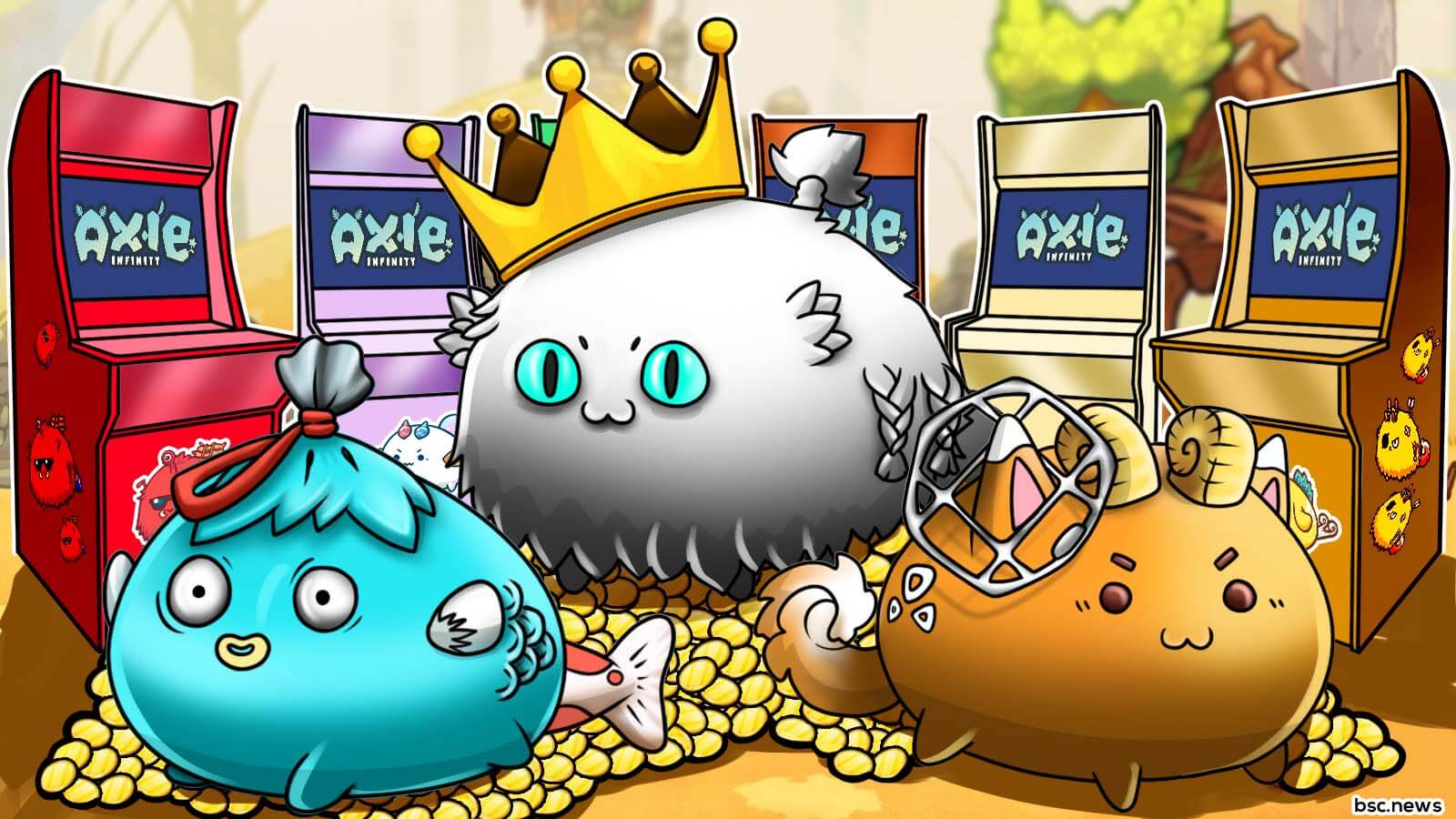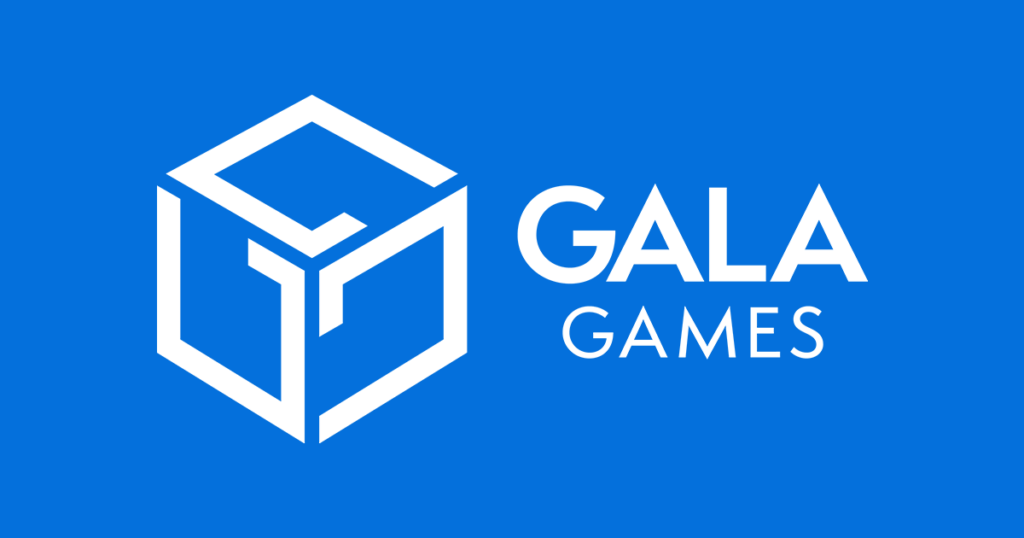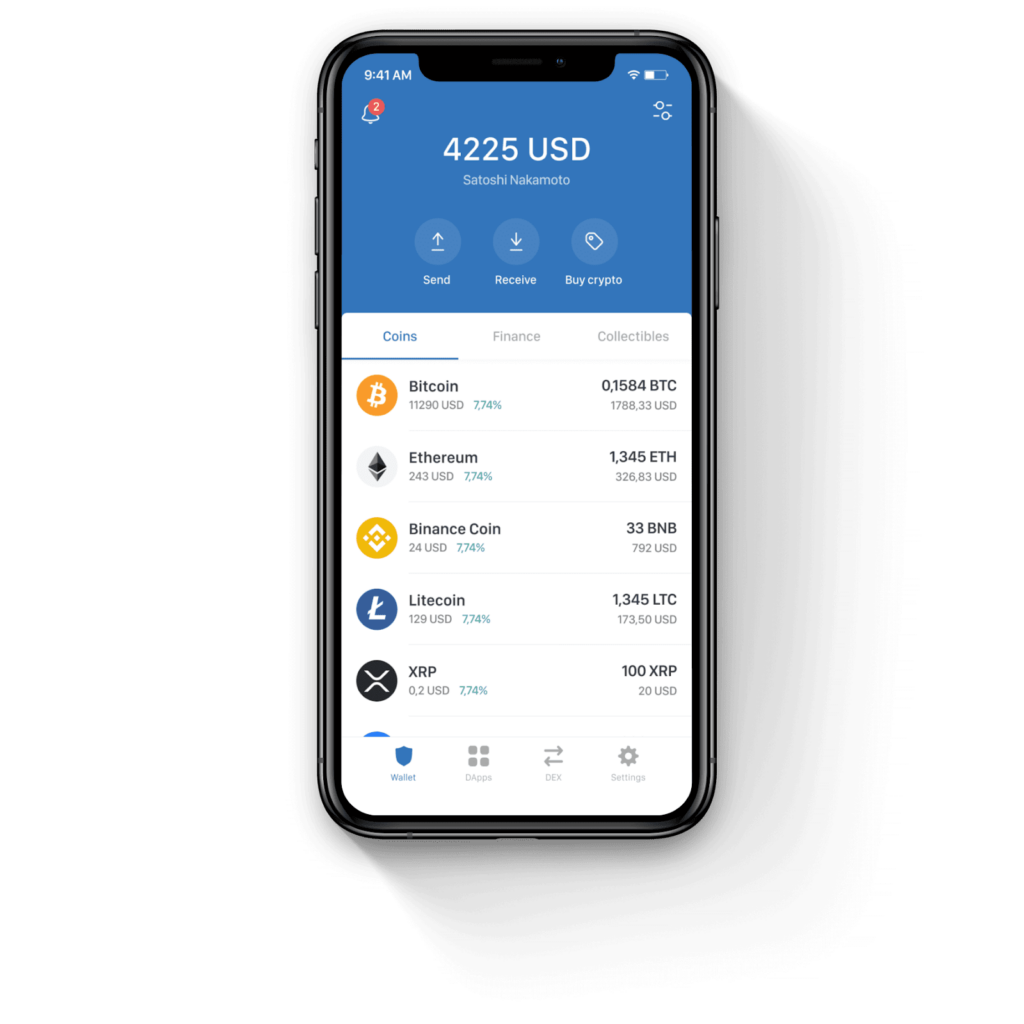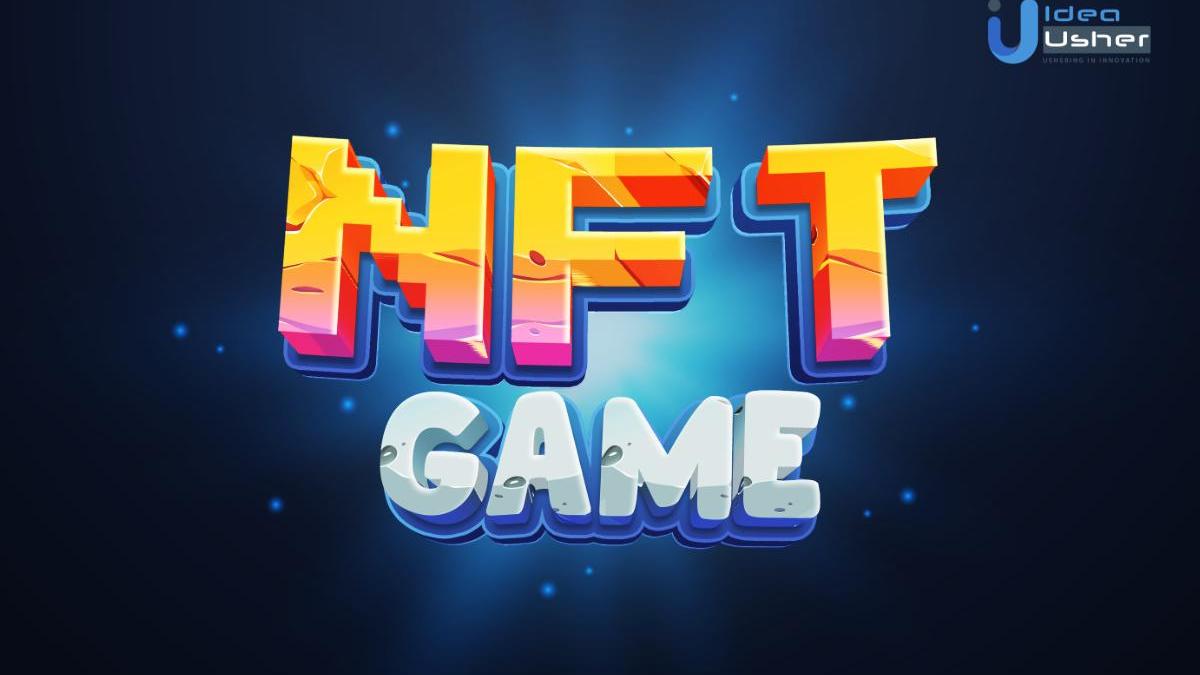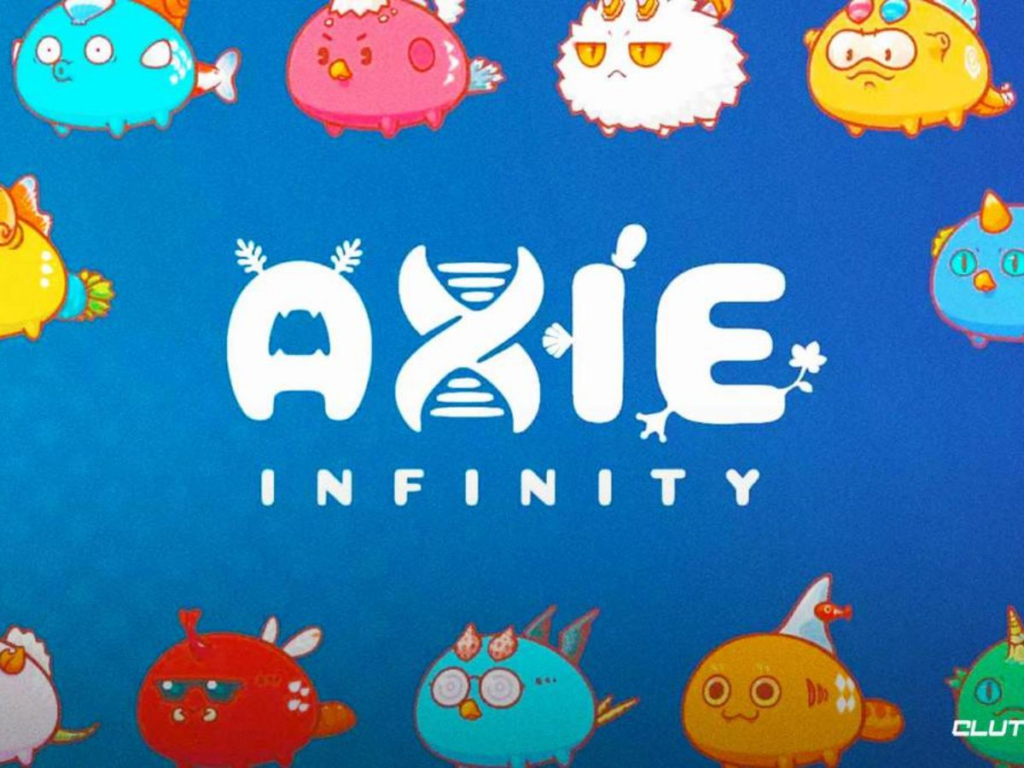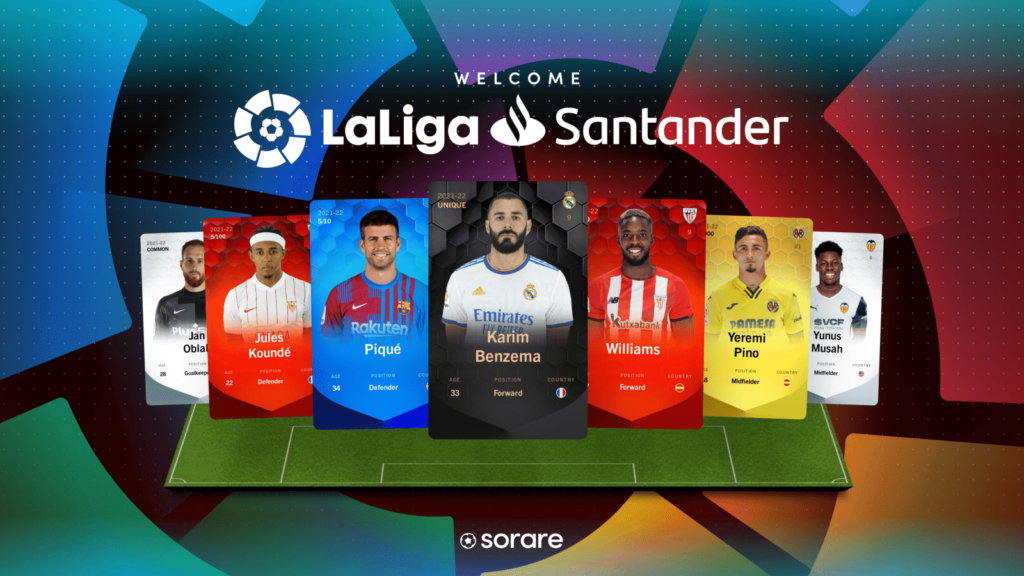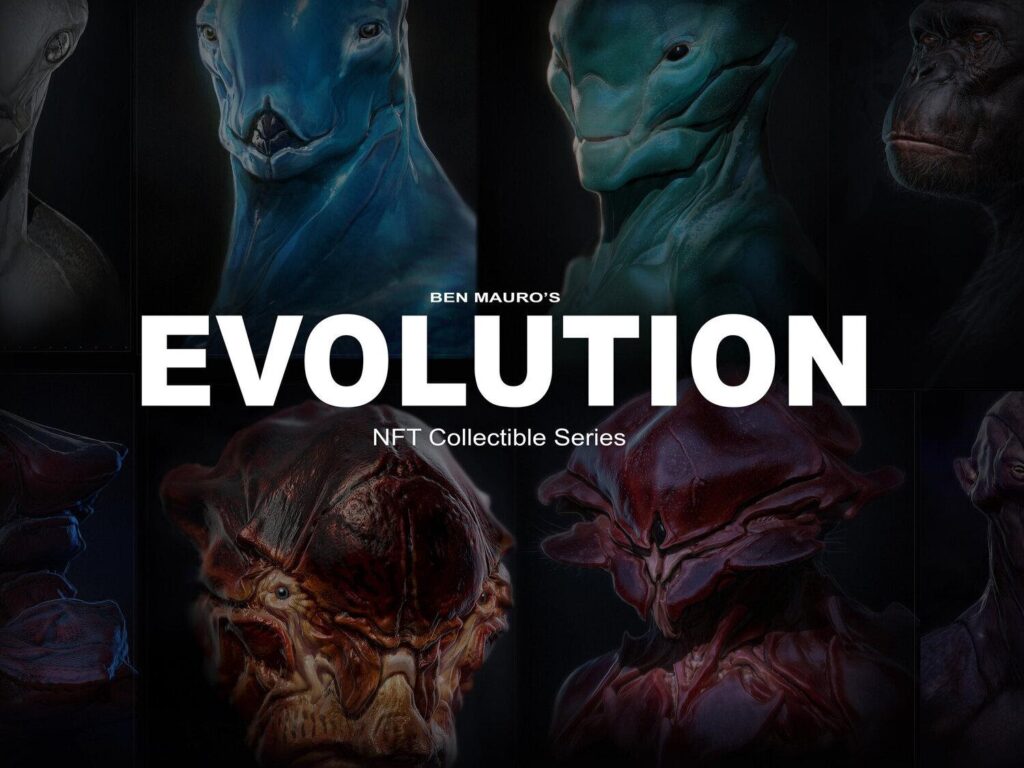Numerous GameFi efforts use Defi industry ideas to reward gamers. Yield farming, liquidity mining, and staking are all ideas that everyone with Defi experience is familiar with and maybe leveraged to generate passive money from blockchain-based NFT games. If you’re new to Defi, you may read our introduction to learn about it and the ideas that overlap with GameFi.
Axie Infinity and Top GameFi are two instances of blockchain-based play-to-win NFT games that make use of functionalities more often associated with Defi.
Although the first GameFi products were built on the Bitcoin blockchain, the bulk of modern blockchain-based NFT games is hosted on networks that allow smart contracts. Ethereum was the first of these and remains the most popular with both developers and users.
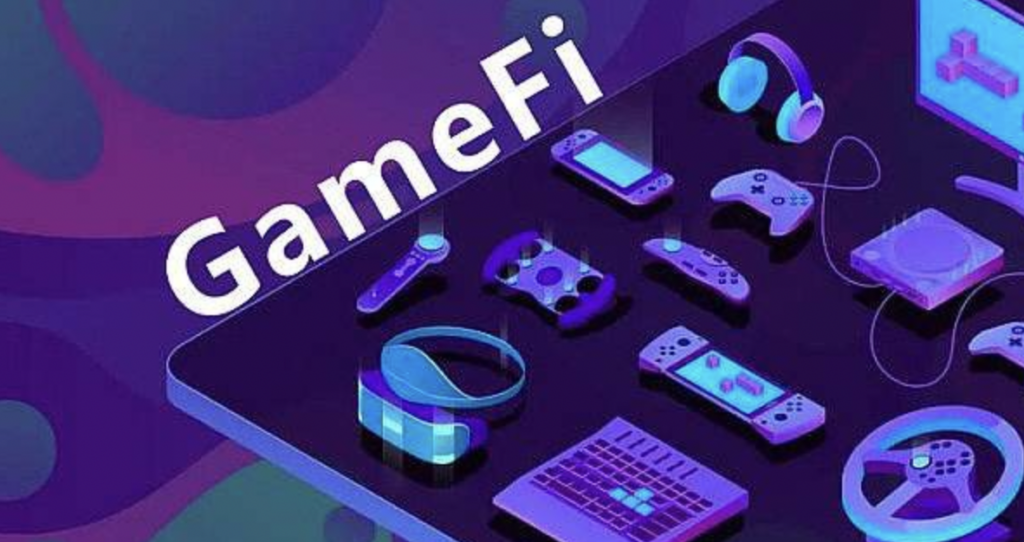
On the other side, Ethereum places a premium on decentralization and security above speed. Due to the limited amount of block space available in Ethereum, users seeking the shortest settlement times must actively push miners to include their transactions. When demand exceeds the available block capacity, transaction costs skyrocket, ultimately pricing some users out. This presents a problem for developers of blockchain-based NFT games looking to generate money. If the bulk of a player’s actions requires an enormous transaction fee, the game will simply never reach the user base of popular play to earn NFT games.
As a consequence, many developers are migrating away from Ethereum’s fundamental layer in favor of faster, higher-capacity networks. Several instances are as follows:
• Polygonal Network
• Solana
• Polkadot
How to get started playing blockchain-based NFT games for money
Each game built on the blockchain is unique. As a consequence, we can only provide basic guidelines for getting started with GameFi. For more complex help, we recommend consulting the game’s manual.
To get started, create a web 3.0 wallet.

Unlike many of today’s most popular online applications, the bulk of blockchain-based play to earn NFT games do not need a traditional username/password login. Rather than that, the game authenticates the user with a Web 3.0 wallet.
The wallet required to play will vary depending on the network on which the game is hosted. To play Axie Infinity, for instance, you’ll need a Web 3.0 wallet that supports Ethereum, such as OKEx Wallet or Metamask.
Acquire any essential items for the game.
Numerous blockchain-based earn to play NFT games need you to own one or more in-game assets in order to participate. For example, in order to play Axie Infinity, you must have a minimum of three Axis in your Web 3.0 wallet.
Other titles may need the purchase of an in-game digital currency. In many cases, you may acquire these currencies directly from or inside the game.
Log in with your Web 3.0 wallet credentials.
The majority of today’s popular GameFi make money NFT games may be accessed directly via your browser. As a consequence, you must join the activity by logging in using the Web 3.0 wallet you already established.
To do so, go to the game’s website and look for a wallet link. Your wallet will urge you to validate the action by associating your signature with a message from the site. The wallet automatically produces the signature, which you may verify by clicking the Sign button.
As previously indicated, your Web 3.0 wallet will act as your account, with any progress being maintained through your wallet. Additionally, it serves as a storage location for your stuff, and depending on their compatibility, any assets stored may be used to play the game.
Decentralizing GameFi by using DAOs
Historically, the development of video NFT games for money has been very centralized. A studio will design, produce, and publish a game, in addition to being exclusively responsible for future updates. On the other side, several GameFi efforts seek to empower players with decision-making authority.
This is achieved by using a decentralized autonomous organization. Token holders may make and vote on ideas for project updates in a DAO. Often, these suggestions will have a direct impact on the title’s financial viability. For example, as a promotional strategy, the DAO may elect to increase the prize for completing a certain action inside the game.
To become a member of a GameFi DAO, you must first obtain the project’s governance token. Frequently, the number of tokens a member has is exactly proportional to his or her voting power. In essence, when it comes to steering the direction of a project, the largest stakeholders have the loudest voices.
Certain NFT games that need play to earn have their own built-in DAOs. Alien Worlds is an excellent example of a videogame with several chains. Six DAOs symbolize separate planets in the science fiction massively multiplayer online role-playing game (aka MMORPG).
Contrary to popular belief, many GameFi DAOs are not title-specific. Yield Guild Play to Earn NFT games and similar initiatives seek to commercialize various blockchain-based play to earn NFT games for the benefit of its players. The main DAO and title-specific sub-DAOs of YGG pool in-game assets, enabling players to integrate them into other NFT games and generate cash for the collective.
The future of games
Despite its roots in the early days of cryptocurrency, GameFi is just now getting widespread use. The success of Axie Infinity, one of the niche’s flagship play to earn NFT games, reflects the niche’s growth successfully. In August 2021, Axie Infinity became the first blockchain game to surpass $1 billion in total token sales — one-fifth of which occurred in a single week — and currently has over a million daily active players.
While early blockchain-based play to earn NFT games were not widely successful, the technology and our understanding of it have improved to the point where new GameFi products are getting a large following. According to several industry insiders, gaming is the most likely route to widespread blockchain adoption. Click here to read about the List of 5 Most Popular NFT Games.
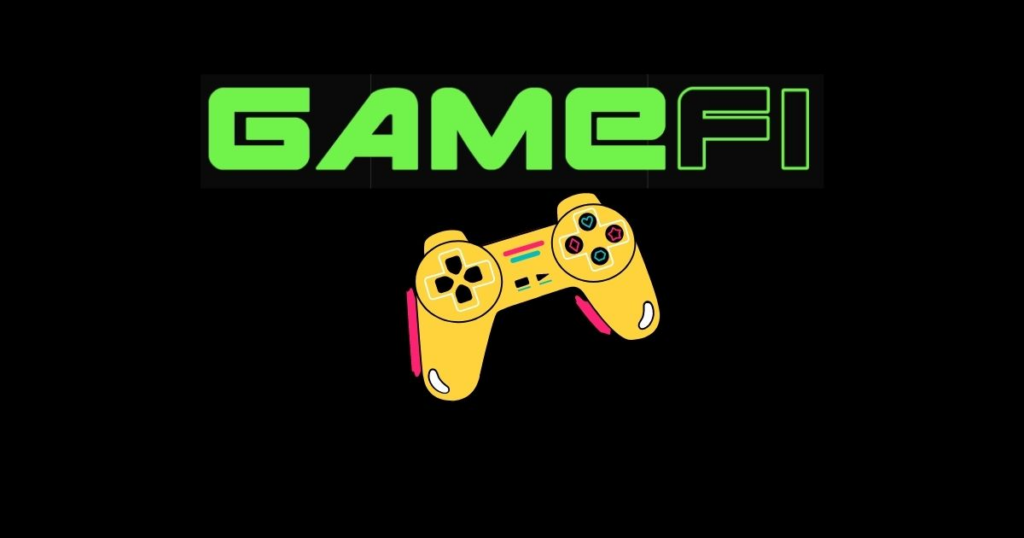
Over a billion video gamers already understand the principles of finite digital commodities, tokenization, and in-game money intimately. Meanwhile, blockchain technology benefits these participants in a number of ways — both financially and in terms of the growth of a title. As a consequence, it’s easy to see GameFi encroaching on the $175 billion global video game market.
Indeed, the Blockchain Game Alliance, a non-profit committed to increasing awareness of GameFi, already has an impressive list of members, including prominent game studio Ubisoft and chipmaker AMD. Indeed, in May 2021, Ubisoft announced that GameFi will be the subject of its sixth Entrepreneurs Lab event.
Given the success of Axie Infinity and the expanding number of blockchain-based play to earn NFT games now under development on a range of different blockchain protocols, GameFi certainly has a bright future ahead of it. However, no one can predict how this future will unfold. While many of the topics discussed in this article will definitely remain important in future GameFi releases, the fast progress of blockchain technology today means that new breakthroughs are occurring on a near-daily basis. Numerous these advances will surely make their way into video game revenue-generating titles, bringing innovative and fascinating means of selling new experiences with them. Visit https://www.theedgemarkets.com/article/cover-story-rise-playtoearn-blockchain-games to read more about Rising of play-to-earn blockchain games.


